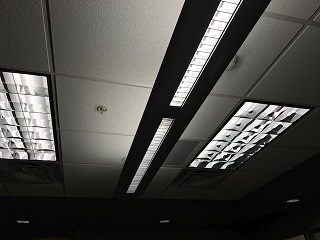Sustainability & Acoustic
Sustainability & Acoustic
Sustainability & Acoustic Condition (S.AC)
Acoustic conditions in a built environment and its association to sustainability.
From the supporting literature (linked),
1. Schools should be located away from noisy and congested neighborhood.
2. Using natural materials in building construction and discourage the use of synthetic materials. Encourage the use of sound absorbance materials in construction.
Acoustic Materials (S.AM)
Using appropriate material to increase the quality of the acoustic condition and sustainability in school buildings and classrooms.
From the supporting literature (linked),
1. Substitution of conventional thermal and sound insulating materials with sustainable ones has significant effects on the impact of all the various phases of the life of the building.
2. Airborne sound insulation of natural materials such as flax or recycled cellulose fibers is similar to the one of rock or glass wool. Many natural materials (bamboo, kenaf, sisal, coco fibers) show good sound absorbing performance, while cork or recycled rubber or polymers layers can be very effective for impact sound insulation.
3. Lower level of acoustics provided by sound absorbing panels influence students behavior and speech intelligibility.
References
1. Asdrubali, F., Schiavoni, S., & Horoshenkov, K. V. (2012). A review of sustainable materials for acoustic applications. Building Acoustics, 19(4), 283-311.
2. Deverell, R., Goodhew, S., & Griffiths, R. (2009). The noise insulation properties of non-food-crop walling for school and colleges: A case stusy. Journal of Building Appraisal, 5(1), 29-40. doi:10.1057/jba.2009.11
3. Ford, A. (2007). Designing the sustainable school. Images Publishing.
4. Guy, R. (2009). Acoustics in the Built Environment. In F. Haghighat & J.-J. Kim (Eds.), Sustainable Built Environment (Vol. 1, pp. 405 -). Oxford, United Kingdom: EOLSS/ UNESCO.
5. Iannace, G., Ciaburro, G., & Maffei, L. (2010, June). Effects of shared noise control activities in two primary schools. In INTER-NOISE and NOISE-CON Congress and Conference Proceedings (Vol. 2010, No. 8, pp. 3412-3418). Institute of Noise Control Engineering.
6. Tanner, C. K. (2014). Green School Characteristics, Sustainability, and Student Learning. Marketing the Green School: Form, Function, and the Future: Form, Function, and the Future, 25.






